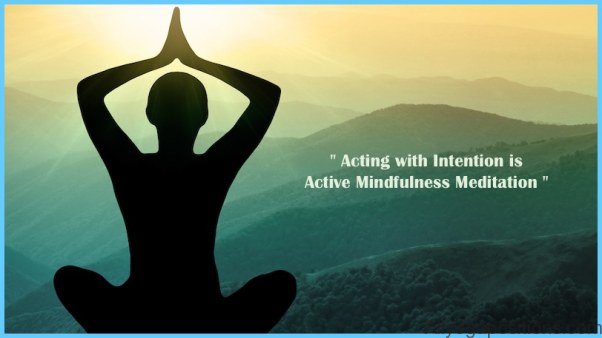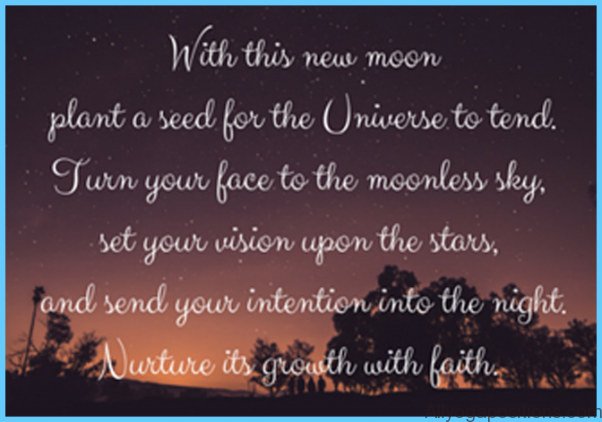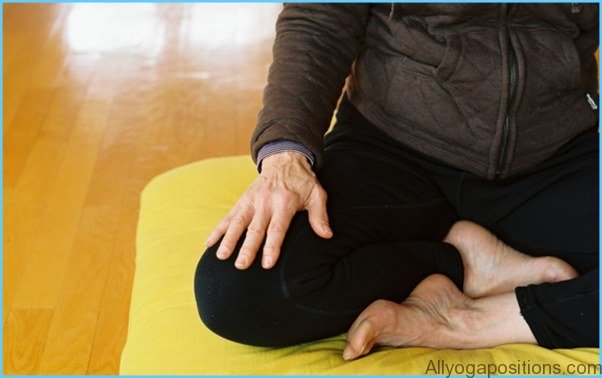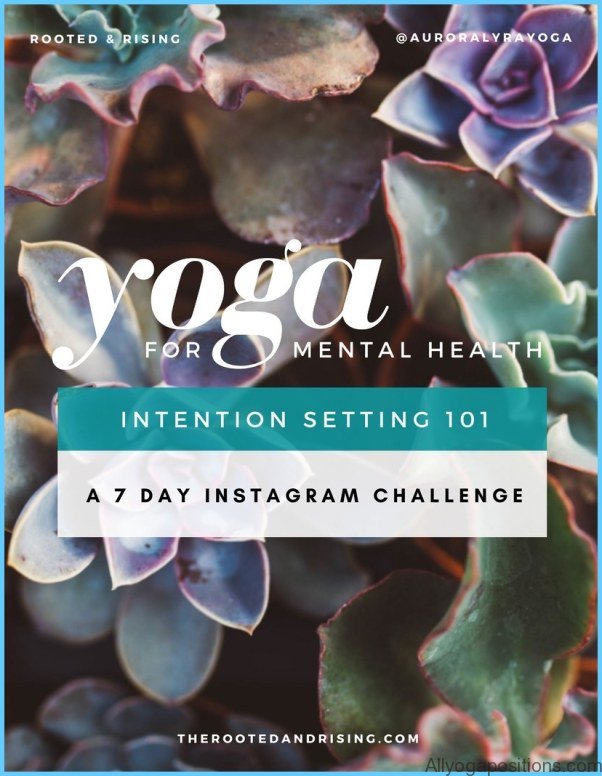You’ve repeatedly mentioned intention. What do you mean by intention? What is its significance to life in general and to meditation in particular?
Intention is fundamental to your existence. Whatever you think, say or do is a manifestation of your intention. Your intention drives you. What experiences you undergo, how you process your experiences, and what you decide to do next, all occur as a result of your intention. Intention provides you with your fundamental impetus as an individual. To understand what intention is you need to understand both the role of intention for humanity as a whole, and the nature of your personal intention and how it directs your life.
To begin at the spiritual level, before you incarnated you appraised a number of possibilities then decided on a course of action this time round. So your life plan is a manifestation of your spiritual you’s intention. When you incarnated you encountered a body that had its own biologically-shaped intentions, involving eating, reproducing and surviving. You also developed a socialised self, which is focused on social concerns such as establishing relationships, finding work, and seeking success and happiness. During your childhood and teenage years you faced many difficult situations. In response, you developed psychological coping mechanisms. This in turn led to the formation of your gloopy self, which you use to get through life’s fraught collisions. The gloopy self’s intentions are largely self-defensive in nature—given that attacking and dominating are defensive behaviours as much as denying, avoiding and pretending not so see. Consequently, your spiritual self’s intention, as manifested in your life plan, has been bluntened by the competing intentions of your biological, socialised and gloopy selves. All this makes discerning what intentions drive you from one day to the next a complex task.
How to Set Your Intention for Meditation Why is intention important Photo Gallery
It could be said there are three categories of intention: positive, limiting and neutral. We define these in relation to your life plan. Positive intentions are those that assist the realisation of your life plan, limiting intentions are those that limit or divert your life plan, and neutral intentions are those that are just present and neither help nor hinder. Understanding where the many intentions that drive you sit in this scale provides one of the key facets of self-knowledge.
A basic issue is that people aren’t aware of their own intentions. As a result, unconscious drives and desires determine their life. For example, your parents may have instilled in you a sense of privilege or of inferiority. Or perhaps they repeatedly told you that the world is at your feet or that you will never amount to anything. As you age, much of what you do reflects your acquiescence to this parental patterning of your behaviour. Alternatively, you may rebel against it and do the opposite. This may be deliberately and consciously done, or it could be acted out unconsciously. All this makes appreciating what drives you a completely necessary task. Without self-knowledge your own intentions will remain opaque to you, while what is most significant to you—your life plan—will remain unknown.
Understanding your own multiple intentions, how they align and why they clash, will increase your life satisfaction manyfold. It will enable you to identify why you are obsessed with certain things, and it will help you get through trying times—because you’ll understand the purpose of the obstacles you face, and appreciate where they fit into your larger plan. This is intention as it plays out psychologically. We’ll now discuss intention on the energetic level.
One aspect of meditation we haven’t yet discussed is using it to ignite your energetic envelope. We suggest you take time now to silence your mind, centre your attention in your awareness, then extend your awareness until you sense the outer limits of the energetic envelope that surrounds your body. Next use your creative imagination and picture the outer limits of your energetic envelope switching on and radiating energy, much like a bulb radiates light when the switch is flicked. Such an exercise supports your energetic health. It also reminds you that you are not not just a body, that you extend electromagnetically beyond your body’s limits.
Intention on the electromagnetic level is a subtle affair. Each physical, emotional and mental activity has an electromagnetic counterpart. That is because, as the exercise will have made clear to you, your human you is not limited to your body but energetically extends a distance from it. And just as you can physically reach out and interact with a nearby person or object, so you can energetically interact with anything in your near vicinity. This is yet another complex topic. We do not have the space here to explore all the nuances involved. For now we will limit ourselves to a few introductory remarks.
When you intend to do anything, an energetic component is involved. For example, let’s say you intend to join a course to extend your skill set. First you use your creative imagination to picture all the potential beneficial outcomes for you, then you sign up and pay the course fee. In doing this you make yourself energetically open, so when you turn up on the first day of the course, basically you are laying out a welcome mat and inviting your tutors and co-participants to enter your energetic envelope. Your tutors and co-participants do the same, their intention to participate similarly opening up their energetic envelopes. This facilitates a mutual exchange not just of practical, emotional and intellecual information, but also energetic information. When you come away from the course feeling inspired, you have certainly been stimulated emotionally and intellectually. But you have also been added to energetically. This occurred because you opened yourself up. That is, your intention was to learn from the workshop, and that lead to a multileveled interaction, including the energetic.
To illuminate this process a little more, let’s look at the situation from another perspective. Let’s say that your boss at work has instructed you to attend the course, and let’s say you don’t like your boss and you can’t see the point of attending. You do so grudgingly, under duress. So when you turn up for the course you have no intention of giving it your all. Physically you are there, but emotionally, intellectually and energetically you resist engaging. Your shields are up. At the end of the day you come away feeling that the whole exercise was indeed a waste of time, and that you are vindicated in expecting it to be so.
Both these outcomes, one positive and growth oriented, the other negative and limiting, reflect your intention. In each case you got from the course what you expected. The mechanism by which you obtained the expected outcome was your intention. Your intention generated the outcome. Or, to be more exact, your intention created the conditions that brought about the outcome.
But what if your intention had changed during the course? What if you turned up expecting the course to be to a waste of time, but then you found yourself engaging with what the tutor was offering? What if by the day’s end you had changed your orientation completely, and you went home feeling you had learned much more than you expected. What happens in such a circumstance?
Most people would say that the tutor overcame your doubts and your inhibitions, through the strength of their material or by virtue of their personal charisma, or both, and that’s what changed your view. Certainly, this will probably be part of what happened. But the tutor likely arrived at the course expecting some participants to resist what was being shared. So the tutor began not just intending to share, but with the intention of overcoming resistance to what was being shared. This intention manifested on the energetic level, as well as practically, emotionally and intellectually. In other words, the persuasion had an energetic component. So when you came away at the end of the day, you left carrying energy deliberately intended by the tutor. The tutor energetically contributed to your change in response.
Collective energy creation is a common phenomenon. When you attend a sports event collective energy is generated by everyone present. This process also applies at political rallies, theatre performances, concerts, in hospital emergency rooms, and in train carriages during the peak hour commute. People often comment on the atmosphere in such places, referring to the shared excitement, powerful emotions, stress or alienation. They usually explain those shared atmospheres using emotional, psychological or industrial terms. In fact, it is the energy that is collectively generated in such situations that is the single over-riding reason they all feel similarly. The energy is primary, emotion is secondary, while intellectual rationalisation of the experience is tertiary. Collectively generated energy provides the chief explanation for unified mass behaviour, when massed people chant, feel and think the same thing. They are united energetically. To be more precise, they are hooked up energetically. To explain how this occurs, we need to introduce the notion of energetic hooks.
As well as opening you up energetically, intention is also able to throw out energetic hooks that become embedded in other people’s energetic envelopes. In a situation such as attending a political rally, those attending don’t just open themselves up energetically, allowing themselves to be swept along, they also send out little energetic hooks that bring them together. Usually this interchange of hooks will occur with people you know who are also attending, but if you meet someone who is vehement and forceful, and they direct their attention at you, in doing so they may lodge an energetic hook in your envelope.
Such hooks are normally small and easily dissolved. So when rally participants wake the following morning, they’ll remember what they experienced, but as they become busy with the day’s activities their memory of the rally will lose intensity. The energetic hooks they carried home from the rally will still be present, but if they don’t re-engage with their experience, the hooks will start to dissolve.
However, someone else may wake the morning after the rally and feel it was one of the most thrilling events in their life. They then run it repeatedly through their mind, discussing it with themselves or others, reviving the emotions and turning over the words they found so stimulating. What they think they are doing is using their memory to relive the experience. This is partly so. But they are also using their intention to grasp the energetic hooks embedded in their energetic envelope. Grasping the hooks reanimates the rally experience and makes it that much more vivid and real. Energetic discharges will do that.
However—and here’s the fascinating consequence—directing your intention towards an energetic hook not only causes energy to flow from the hook into your awareness. The act of directing your intention also generates energy that feeds the hook, so it grows. If you sustain your intention a feedback loop is established, in which you derive pleasure from grasping the hook, which feeds you its energy, and your intention in turn feeds the hook, which grows. This process of mutual reinforcement by intention and energetic hook occurs in both positive situations and in negative, self-limiting situations.
Of course, rallies use crude sloganeering that rarely reflect all the nuances of what participants think about whatever they have rallied to support or question. So the rally participants’ energetic engagement varies considerably. As a consequence, the number of energetic hooks they leave with may be many, few or none. In this situation, the reason hooks exist at all is that the rally’s energetic atmosphere is generated collectively. So while an orator may articulate what everyone thinks and feels, he or she does not create the energetic hooks. The hooks are created by everyone jointly. How many hooks each participant leaves with depends on the level of their engagement, which depends how intensely their intention was aligned with the collective energy. To put it colloquially, the more they’re into what’s happening, the more hooks they bring to the party, the more hooks they share with others, and the more hooks they leave with.
What we have said so far about energetic hooks has been a general introduction on the small group and collective levels. This is because it is simpler to understand how hooks work in the context of public events. However, the fact is that energetic hooks are more significant, and certainly more prevalent, on the interpersonal level.
Any two people who are in a relationship—whether a love or a hate relationship—each direct their intention towards the other. Their intention involves physical, emotional and intellectual engagement, and also, as we have been discussing, an energetic component. This last leads to their embedding energetic hooks in each other’s energetic envelope. If they remain together after their love fades, they may have many reasons for doing so: to raise their children, to protect their lifestyle, or just because life is easier that way. One contributing factor is that their mutually generated hooks tie them on the energetic level. An example is provided by the case of women who feel trapped in an abusive marriage. The original emotional ties that brought the couple together are broken, but even when physical support is offered by a social agency so the woman no longer needs her husband’s money to feed and shelter their children, the hooks each has embedded in the other’s energetic envelope still binds them. This is a significant contributing factor to why, after women have been physically removed from the situation, they return to the abusive relationship. Certainly, psychological factors may bring them back, but energetic ties are more difficult to break.
People embedding energetic hooks in one another is extremely common. Hooks exist because they are intended. People naturally want to be loved, want to be wanted, want to be essential to another. Children are naturally dependent on their parents, and parents naturally want to protect and nurture their children. So the fact that people embed energetic hooks in each other is a natural part of their mutual engagement. It provides a way for those who love and care for each other to remain attached and in sync. And it all happens as a result of their aligned intentions and the many connections, including the energetic, that their intentions create.
One interesting consequence of this is that when the telephone rings and people know who is calling before they pick up, they assume they are being psychic. Actually, what happens is that the phoning person has formed an intention to communicate, and their intention has reached out and touched the hook embedded in the other’s energetic envelope. It is that glowing hook, stimulated by the caller’s intention, that enables the called person to know who is phoning.
This shows that energetic hooks are not a bad or negative thing. They are useful and positive. If you are emotionally or intellectually attuned to another, it is highly likely you are energetically hooked in and fuelling each other. Hooks are a valuable way of sustaining connection.
There is a downside to hooks, however. When a relationship ends, each person’s hooks remain embedded in the other’s energetic envelope. The hooks themselves are not a negative presence, although if the relationship involved negative psychological traits they will carry negative energy. Yet hooks that are no longer needed can be troublesome because for some people burying hooks in another involves a consciously or unconcsciously generated degree of wanting to control them. There is also the aspect of one person wanting others to be tied close and not wanting to let them get away.
When considering the terminology to describe this process, we could have selected connection, a neutral word. However, after reflection we decided hook was more appropriate, given electric wires and implements are said to be hooked up, and when two friends or lovers meet somewhere it is described as hooking up. Of course, the unacknowledged consequence of hooks is that you can get caught on them. It was this idea of getting caught that lead us to prefer hook over connection. At times energetic hooks are certainly created out of a coercive or controlling intention, with another being energetically hunted like a fish, hooked, and reeled in. Yet, as we have pointed out, most commonly hooks are generated out of a connective intention, as part of the exchange of deep feelings people have for one another.
So what do you do about another’s energetic hooks that remain embedded in your energetic envelope, and yours in theirs’, after the relationship has ended? Are they a problem? The short answer is: it depends. Sometimes they are. Mostly they aren’t. They are a problem if the other person had intense feelings about you, or you about them, that you or they still carry, and especially if those feelings carry negative energy. Then you are certainly advised to dissolve them.
It is recommended that, to fully develop your energetic self’s potential, it is useful to dissolve all the hooks left over from expired relationships, whether those relationships involved love, work or play. Accordingly, as a meditation exercise, we suggest you focus on your energetic envelope, energise it by drawing energy from your spiritual self via the belly button chakra, then use that energy to dissolve all those hooks you no longer require. We also suggest you call back and dissolve the hooks you have left in others who are long gone from your life. Intention created the hooks in the first place. You can now use intention to call them back and dissolve them.
Much else can and will be said about intention on the energetic level. However, this provides some introductory remarks on the nature of intention and how it plays out energetically.


























